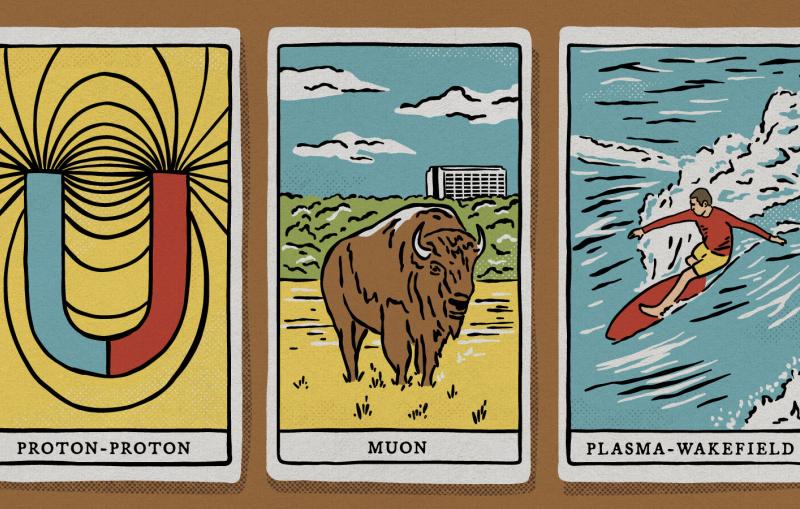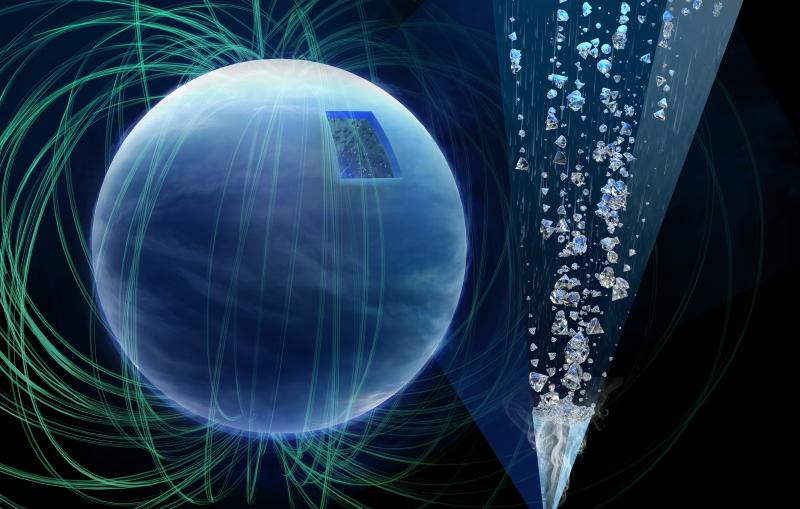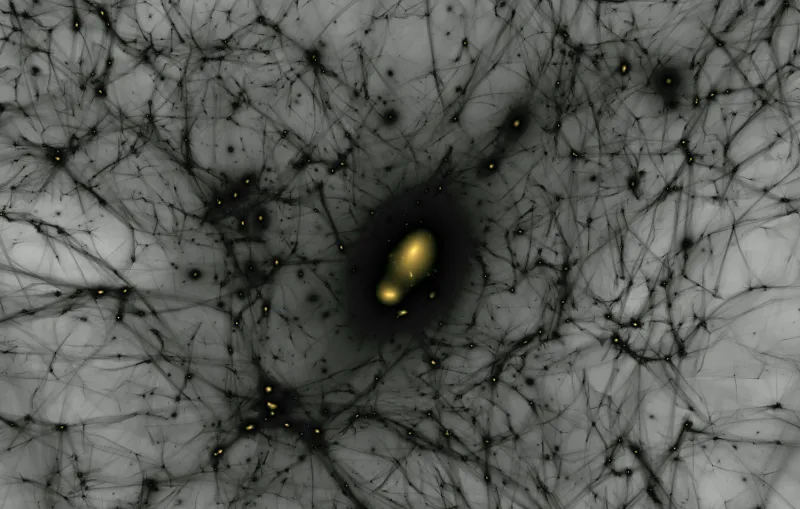January 8, 2020
SLAC/Stanford researchers build a particle accelerator that fits on a chip
Just as engineers once compressed some of the power of room-sized mainframes into desktop PCs, so too have the researchers shown how to pack some of the punch delivered by today’s ginormous particle accelerators onto a tiny silicon chip.
Dig Deeper
Related stories
News Feature
VIA Symmetry Magazine
Symmetry: A trio of paths toward the discovery machine of the future
March 19, 2024



News Feature
VIA Symmetry Magazine
Symmetry: A trio of paths toward the discovery machine of the future
March 19, 2024



News Feature
January 8, 2024
·
3 min read

News Feature
VIA Symmetry Magazine
Scientists design program for the future of US particle physics research
December 8, 2023

News Feature
Recommendations for U.S. government investments in particle physics include SLAC research priorities
December 8, 2023
·
3 min read
